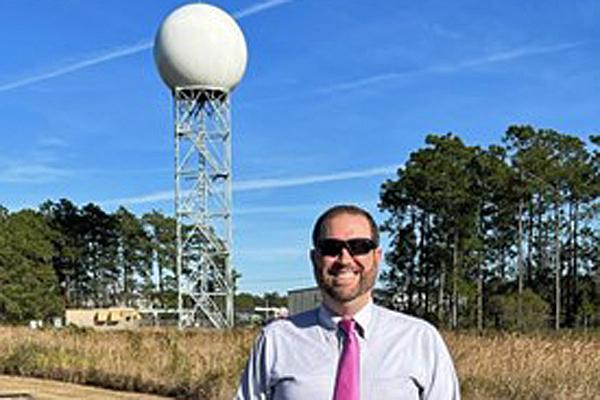
The annual Meteorological Symposium is free and open to the public and event is sponsored by the Ohio University Chapter of the Meteorology Society.
Ohio University's 13th Annual Meteorological Symposium, March 25, 2023
The Ohio University Chapter of the American Meteorological Society hosts the 13th Annual Meteorological Symposium on March 25 from 11 a.m. to 4 p.m. in Walter 235.
"We have professionals from all sectors of meteorology — broadcast, private, government, military — including a few in careers that are influenced by meteorology, but not direct meteorology careers like ODOT and Delta airlines," said Ryan Fogt , professor of geography in the College of Arts & Sciences and director of the Scalia Laboratory for Atmospheric Analysis .
"The event is free and open to the public, and always serves as the highlight of the year — a great learning opportunity for students to see how their degree can be maximized when leaving OHIO." Fogt added.
About the Meteorological Symposium Speakers

Erik Heden
Biography: Erik Heden is the Warning Coordination Meteorologist with the National Weather Service in Morehead City, NC, which covers Eastern North Carolina, including the Outer Banks. In this position he is the liaison between the National Weather Service and the community, working closely with emergency managers, television broadcasters and the general public. Erik has been in the National Weather Service for 15 years, working previously at local weather service offices in Binghamton, NY and Wilmington, NC. Prior to his career with the weather service, Erik was a broadcast meteorologist for 5 years for various cities in Upstate New York. Erik received his degree in meteorology from SUNY-Oswego in Upstate New York. Erik and his wife Rebekah reside in Cape Carteret, NC and have three kids. Outside of weather and family life, Erik is an avid rose grower and competes in rose shows and even has his own YouTube Channel for growing roses.
Abstract: What do you want to do when you graduate? Maybe you have known all along what career path you want to take, or for some, you still don’t know or are trying to figure that out. The choices you have made up to this point and through your college career will help you on your path to your first job out of college and eventually a career. If you graduate with a degree in meteorology but have little else to show for your college career, you will likely have a tough time finding a job in this field.
This presentation will demonstrate how experiences such as internships, networking, taking risks, and being willing to move, being a good listener, and setting yourself apart are all factors in your eventual success. The presentation will also cover what training opportunities and citizen science programs you can participate in to gain experience both during and after graduation. Student employment opportunities and volunteer positions in the National Weather Service will be discussed.
You will learn the daily operations at a local National Weather Service Forecast office and how they may evolve. Additionally, the presentation will discuss four possible career paths after college: National Weather Service, Private Sector, Military, and Broadcast Television. Key points will include the advantages and disadvantages of each path, possible salaries, and the application process. You will learn what the daily operations are like at a local National Weather Service Forecast office and what the future holds for how this may evolve in the near future.
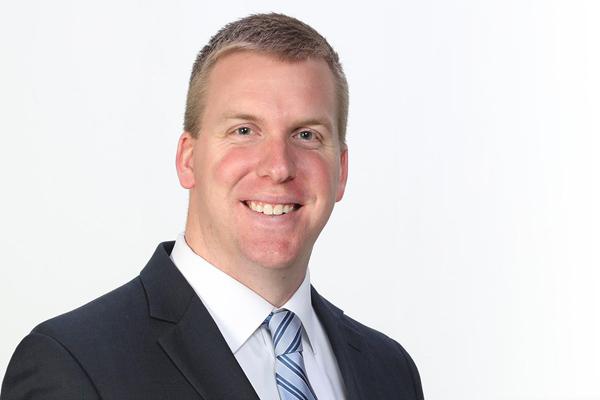
Ryan Wichman
Biography: Ryan Wichman was born and raised in Bowling Green, Ohio. An early fear of thunderstorms grew into a fascination by elementary school with the goal of becoming a meteorologist, which he realized after graduating from Western Illinois University. Wichman has been the morning meteorologist at WTOL 11 in Toledo, Ohio, since 2011 following a first on-air job in Quincy, Illinois.
Abstract: Getting you prepared to effectively communicate as a meteorologist. Even outside media being able to clearly message your forecast is more important than ever. Modern meteorology has taken on a hybrid role between the traditional science and modern communication with the public and other stakeholders. Wichman will talk tips and tricks learned with over a decade experience in the industry.
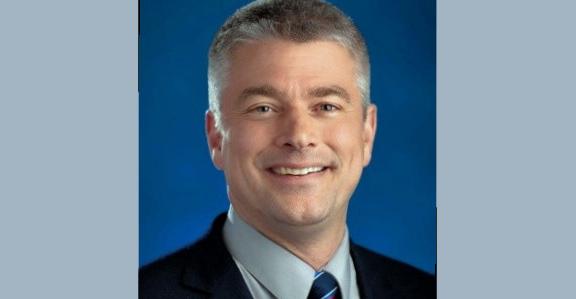
Jeff Shull
Biography: Jeff Shull has been a program manager for Science Systems and Applications Inc. since 2013. He leads a highly skilled team of scientists, engineers, and information technology professionals supporting diverse Earth and Space Science activities. He previously served in several roles with the U.S. Air Force, including National System for Geospatial Intelligence Deputy Senior METOC Officer, Commander of 2d Systems Operations Squadron, and Director of Operations of the 21st Operational Weather Squadron.
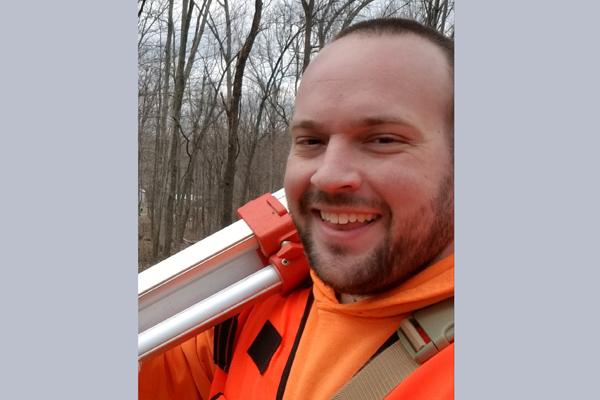
Luke Walker P.S.
Biography: Luke Walker has been Survey Operations Manager at the Ohio Department of Transportation since 2018. He previously worked for other ODOT districts and private practice, guiding his team into completing a variety of transportation projects with varied scopes. His team is privileged to work on a variety of projects from mine collapses to new interchanges. They survey for transportation projects while, safely and efficiently, are always improving our processes with GIS, UAS, terrestrial scanners and varied DGPS techniques.
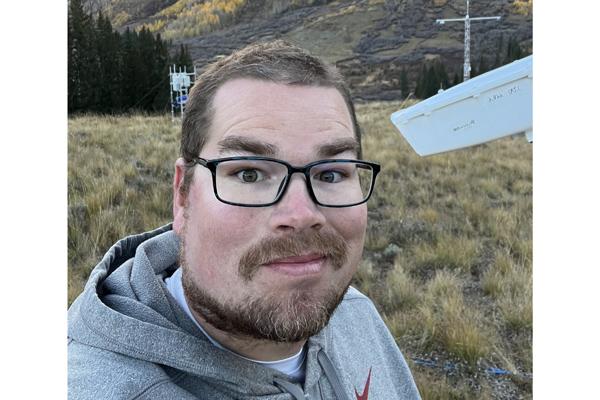
Aaron Kennedy
Biography: Aaron Kennedy is an Associate Professor and Graduate Director at the University of North Dakota Department of Atmospheric Sciences. His research interests include warm and cold season hazardous weather. But since moving to North Dakota, he may now prefer blizzards and blowing snow to supercells. He investigates these topics with remotely sensed instrumentation including platforms like surface radar/lidars and satellites. More recently, Kennedy has dived headfirst into the world of in situ observations by designing a snowflake imager. He is also expanding his interests into the fields of Uncrewed Aircraft Systems and Machine Learning/Artificial Intelligence. Outside of work, Kennedy enjoys hanging out with his family, drinking craft beer, and coming up with crazy bicycle-based adventures.
Title:From Concept to Reality: Designing a Snowflake Imager
Abstract:What do you do when you can't easily or affordably answer the science questions you have? If you like to tinker, a possible solution is to build your own instrument! This talk will discuss the Open Snowflake Camera for Research and Education (OSCRE) from concept to reality. I will touch upon topics like securing funding, open hardware, the skills/tools needed to build an instrument, and lessons learned from the effort. Sample imagery will be shown from OSCREs deployed in North Dakota and Colorado and how these instruments can be used in the classroom to promote education will be discussed.
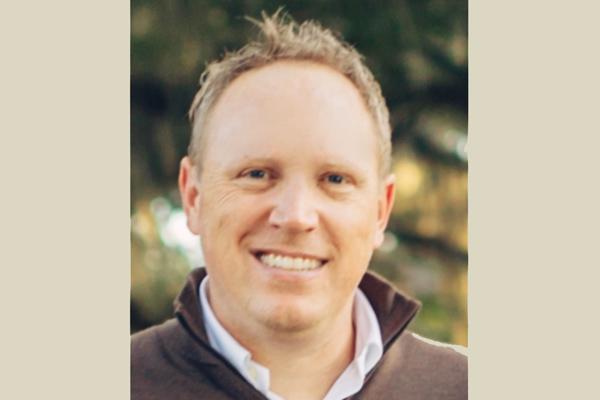
Warren Weston
Biography: Warren Weston is currently Lead Meteorologist for Delta Air Lines and helps oversee a team of 27 meteorologists in the Operations Control Center at their headquarters in Atlanta, Georgia. Before landing his dream job at Delta, he worked as an aviation meteorologist at FedEx in Memphis, Tennessee. Prior to getting into aviation meteorology, he worked for five years at a private meteorological consulting company in Utah and had a brief stint as an air traffic controller. During his time at Delta, he has given meteorological presentations throughout the United States, as well as in Japan and Mexico. He has trained Delta pilots and dispatchers and worked with Air France, KLM and Aeroméxico on various projects. Weston grew up skiing and fishing in the Colorado mountains and then studied Meteorology/Atmospheric Science at the University of Utah. He holds an FAA Dispatch License and his Private Pilot Certificate. He lives with his wife and four kids in Peachtree City, Georgia.
Abstract:Delta’s goal is to have every flight arrive safe and on time for our customers. Weather forecasts have significant impacts on our daily operations. Delta has an in-house Meteorology Department that produces both upper-air and surface products for routes and destinations all over the world. This presentations will provide an introduction to Delta Meteorology and the various products they produce in order to maintain a safe and efficient worldwide operation.
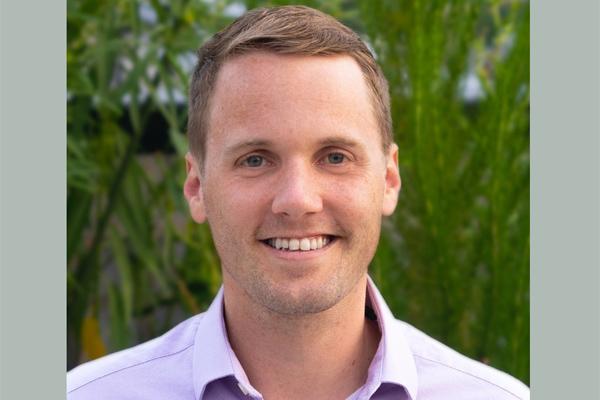
Aaron Piña
Biography:Aaron Piña is a National Program lead for Atmospheric Sciences and Fire Weather at the U.S. Forest Service. His portfolio includes research of fire weather and behavior; understanding characterizing, and modeling smoke/ash transport, dispersion, and deposition; and USFS’s engagements with other agencies such as NOAA’s National Weather Service, NASA, and the EPA. Prior to joining the U.S. Forest Service, Piña worked as a Deputy Program Scientist at NASA Headquarters from 2019-2023. From 2017-2019, he worked as a research scientist for an atmospheric science and software development start-up company in Louisville, Colorado, called Aeris, LLC. Piña’s professional interests include air quality impacts on human and ecosystem health, weather modeling over complex terrain, connecting science with policy, high-performance computing, data management and accessibility (i.e. end-user engagement), and equity and inclusion in STEM. He earned his B.Sc. degree in Meteorology from Texas A&M University, his M.Sc. in Atmospheric Science from Colorado State University, and his Ph.D. in Ecology from Colorado State University. He is a member of the American Meteorological Society, the American Geophysical Union, and the American Association for the Advancement of Science.
Abstract:From research science to program management in the weather, water, and climate enterprise.
Archive Meteorological Symposium Speakers
2018
- Simone Lewis - National Weather Service
- David Lewellen - West Virginia University Department of Mechanical and Aerospace Engineering
- Scott Lutz - Wright-Patterson Air Force Base
- Sarah Perfater - NOAA Weather Prediction Center
- Hank Schyma - Independent Storm Chaser and Documentarian
- Mark Elliot - The Weather Channel
- Joseph Calderone - Senior Forecaster with the U.S. National Weather Service in Minneapolis-St. Paul
- Christopher Hennon - University of North Carolina at Asheville Department of Atmospheric Sciences
2017
- Matthew Moreland - NWS Key West
- Jeremy Bower - JRBStorm Photography
- Capt. Daniel Miller - United States Air Force
- Christopher Beekman - EPA
- Lance Bosart - State University of New York at Albany
- MSgt.WesleyGreen -Air Force Material Command
- Randi Rico - WLWT-TV
- Maura Casey - NWS Charleston
- Jim Marquis - Center for Severe Weather Research
2016
- Mike Bettes, The Weather Channel: 20 years of Chasing the Wind
- Nicole Grams, Milwaukee County Land Information Office: Paving Your Own Path in Meteorology
- Tim Marshall, Haag Engineering: El Reno, OK Tornado
- Nicole Riemer, University of Illinois: "Gone with the wind:" The role of atmospheric aerosol for regional and global climate
- Aaron Wilson, The Ohio State University: Extreme Weather and Climate Change in Ohio: Are they Related?
- Allison Santorelli, Weather Prediction Center: Being a Surface Analysist with the WPC
- Kevin Bartlett, United States Air Force, Wright-Patterson: 24 years in Air Force Weather, Iraq and Afghanistan are Different
- Tim Liu, NASA: Ocean Surface Turbulent Fluxes Observed from Space
2015
- Ari Sarsalari, The Weather Channel, Atlanta, Georgia: April 28, 2014 Tornado Outbreak in the Tennessee Valley: Broadcaster's
Perspective - Phil Klotzbach, Colorado State University Department of Atmospheric Science, Fort Collins, Colorado: Atlantic Basin Seasonal
Hurricane Prediction - Mark Paquette, AccuWeather, State College, Pennsylvania: Long Range Forecasting- What it is and How We Make One
- Hunter Clifton Outten, AccuWeather, State College, Pennsylvania: Long Range Forecasting- What it is and How We Make One
- Meghan Henschen, American Electric Power (AEP), Columbus, Ohio: Building a Successful Path to Operational Meteorology
- Stacy Stewart, National Hurricane Center, Miami, Florida: Predicting Tropical Cyclogenesis at the National Hurricane Center
- Dan Miller, United States Air Force, Washington, DC: Meteorology Applied to Military Operations
- Rebecca Jennings, Federal Emergency Management Agency (FEMA), Atlanta, Georgia: Beyond the Perfect Forecast: Weather & Emergency Management
- Brian Hoeth, National Weather Service Southern Region Headquarters Regional Operations Center, Fort Worth, Texas: The NWS Southern Region Headquarters Regional Operations Center: What Would You Say ... You Do Here?
2014
- Ariel Cohen, Storm Prediction Center, Norman, Oklahoma: Severe Weather Forecasting and the Moore and El Reno, May 2013 Oklahoma Tornado Disasters
- Kim Klockow, AMS/UCAR Congressional Science Fellow, Washington D.C.: Communicating Uncertainty in Severe Weather Warnings
- Erik Pindrock, AccuWeather, State College, Pennsylvania: A Synopsis of Super Typhoon Haiyan and Using Social Media as an Effective
Form of Communication - Paul Gehred, National Weather Service, Alaska: Weather on Fire
- Mike Mogil, How the Weatherworks, Naples, Florida:
- Bill Kelly, WSYX Channel 6, Columbus, Ohio: 9-HOURS OF LIVE SEVERE WEATHER COVERAGE ? JUNE 12TH, 2013
- Nick Webb, National Weather Service, Charleston, WV: Development of a Flash Flood Potential Index for NWS Charleston West Virginia County Warning Area
- Joe Merchant, National Weather Service, Charleston, WV: April 3rd-4th 1974 Tornado Super Outbreak
2013
- William Lapenta, Acting Director of Environmental Modeling Center at the National Centers for Environmental Prediction/NOAA/NWS: The Transition of Research to Operations: Perspectives from both sides of the ?Valley of Death."
- Scott A. Lutz, Meteorological Services Government Representative for the 88th Operations Support Squadron, Wright Patterson Air Force
Base, Ohio. Operational Meteorology within The United States Air Force. - Trent Magill, WEWS News Channel 5, Cleveland, Ohio. The Changing role of Broadcast Meteorology.
- Thomas Schmidlin, Professor at Kent State University, Kent, Ohio: New Challenges in Tornado Fatalities.
- Ashley V. Novak, National Weather Service, Wilmington, Ohio: A Multi-Perspective Review of the June 29, 2012 Derecho.
- Charles R. Hoffmant, Air Force Material Command Functional Manager for Weather, Wright-Patterson AFB, Ohio: Tornado at McConnell AFB, April 2012.
- Matthew R. Alto, AccuWeather, State College, Pennsylvania: A Look at the Private Weather Enterprise.
- Kathryn Gilbert, Meteorological Development Laboratory, Silver Spring, Maryland. The Development of Model Output Statistics.
